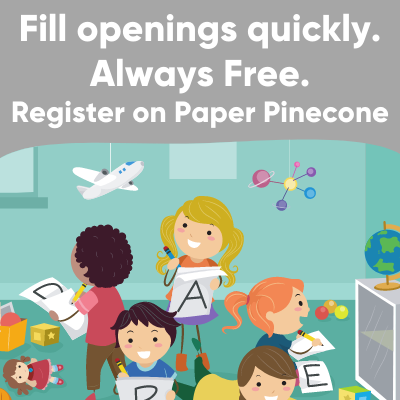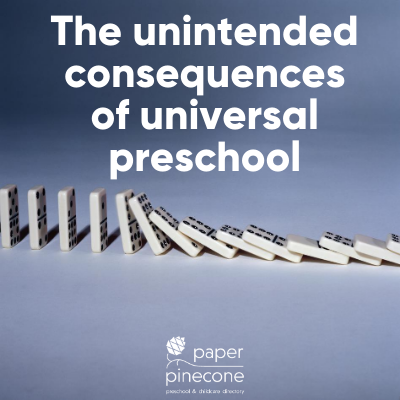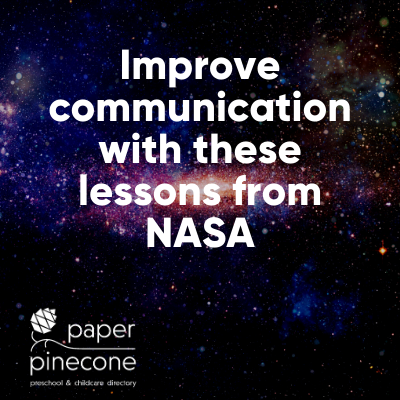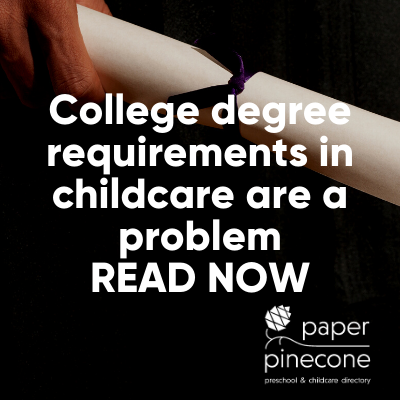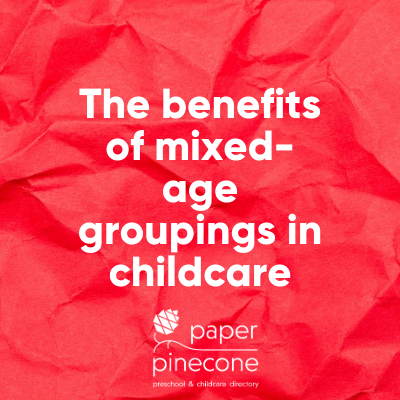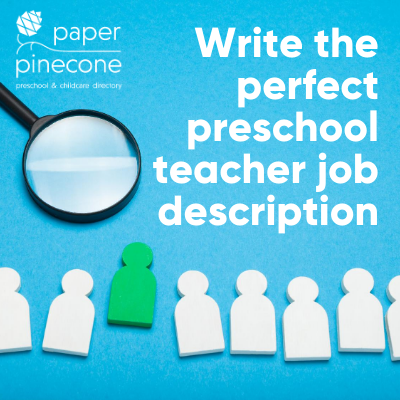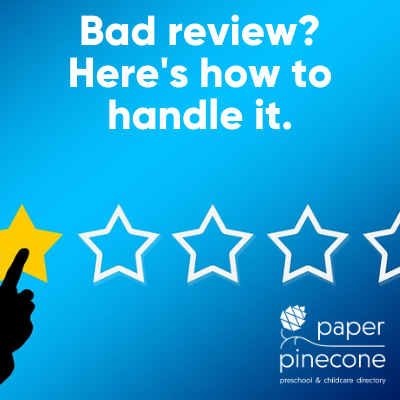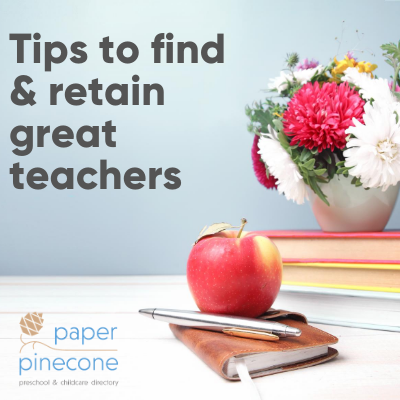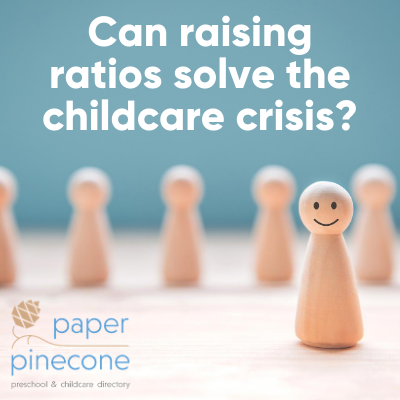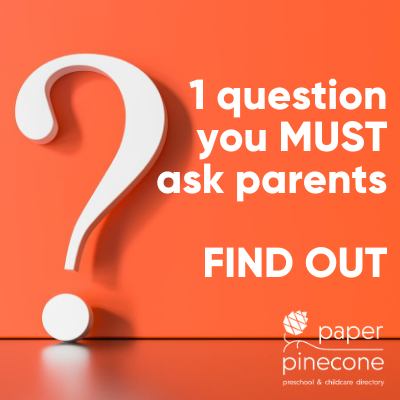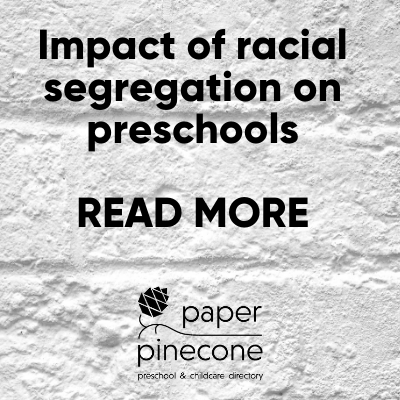Understanding Mildred Parten's Social Behavior Theory of Play

Published Date: 09/15/19
What is play? Do we really understand it, especially as adults?
Most adults think of play as something frivolous that children engage in because they have nothing better to do with their time. However, play is an incredibly important element that plays a huge role in the health development of every child.
So, what exactly is play? Well, play is any activity engaged in for enjoyment and recreation, as opposed to being engaged in for any serious or practical reason. It is voluntary, spontaneous, and needs to be stress-free.
Play can either be free and unconstrained by rules or time constraints, or structured and designed, with a set of rules guiding the actions of the participants. It can be a solitary activity or a social one.
In this way, play takes various forms depending on a wide variety of factors, such as the individual’s age, the participants involved, the individual personalities of the participants, environmental factors, and unique interests of the participants.
Mildred Parten’s Stages of Play Theory
Mildred Bernice Parten Newhall was an American sociologist and researcher at the University of Minnesota’s Institute of Child Development. She was born in August 4th, 1902 and died in May 26th, 1970. She is credited with being one of the first researchers to conduct extensive studies on children with a focus on the case of play.
Mildred Parten developed the Stages of Play Theory in her 1929 dissertation. Stages of Play is a social behavior theory that she developed after observing preschool age children between the ages of 2 and 5 at free play.
To conduct this study, she observed the children under supervised intense one-minute play sessions. This time frame was limited for convenience, but could be varied depending the situation. Mildred Parten found that it was possible to see and document the different behaviors of the children in free play with relative ease within this limited timeframe.
At this point, it is important to define free play and its role in the study. Free play is defined as anything unrelated to production, profit, or survival. It was the ideal option that would yield the most natural results and responses from the children.
Mildred Parten’s observations led to the recognition of six different types of play:
1. Unoccupied Play
This is the type of play where a child is not exactly playing but just observing everything around them. The child may be standing still in one spot or performing random movements. Their play appears scattered and looks like the children are simply exploring their environment without any sort of organization. Unoccupied play is important because it lays the foundation for the other five stages of play. Common among very young children, it allows them to practice manipulating materials and objects, to master self-control and patience, and to learn more about how the world works and its basic concepts like gravity.
2. Solitary Play
This is also called independent play. The child is alone during this type of play and focuses on their own activities. Usually, the child will be uninterested in or unaware of what everyone else is doing. This stage of play is more common in younger children between the ages of 2 and 3 than it is in older kids.Solitary play involves children entertaining themselves without any other social engagement. This may be a bit worrying to adults, but it is absolutely normal and should be encouraged and uninterrupted whenever you notice it happening. Solitary play allows children to explore freely and to master new personal skills, including motor skills and cognitive skills. It allows them to prepare for more advanced play with others.
3. Onlooker Play
This is the behavior that a child exhibits as they watch other kids at play without engaging in the play. Sometimes, the child engages in the activity in the form of social interaction, for example, by talking to the other kids about the play. However, they do not join in the activity. Onlooker Play is common in younger children. When adults notice onlooker play, it is common to think that the child is lonely or scared to join in with the others. However, onlooker play is a normal play developmental stage. It allows children to learn more about the world. As they watch play taking place, they learn to recognize social rules and relationships, different ways of playing, and different uses of various materials while learning more about the world in general.
4. Parallel Play
Parallel play is also called adjacent play or social coaction. It is when a child plays separately from other children, but still stays close to them and mimics their actions. This type of play is often seen as a transitionary stage that a child goes through from a socially immature solitary or onlooker stage of play to a more socially mature cooperative or associative stage.In parallel play, children do not really engage in social exchange. For example, they may drive cars around the same room without their activities overlapping in any meaningful way. In this way, parallel play shows children working side by side on the same activities, almost as if warming up and learning new ways to engage with each other.
5. Associative Play
Associative play is defined as the type of play where a child expresses interest in the people playing but not in the activity they are engaged in, or when there is no organized activity. In this stage, there is a lot of interaction between the participants, but the activities are not in sync.Associative play represents a significant shift in the development of the child. Interest in other players means the child can start practicing what they have observed through the other stages of play. This allows them to start using their social skills to engage with others.
6. Cooperative Play
This is when the child expresses interest in both the people playing and the activity that they are engaged in. The activity is more organized and all the participants have specific assigned roles. With cooperative play comes more self-identification with the group, and a group identity may emerge. It is an uncommon stage of play especially for preschoolers and kindergarten age children mainly because it requires a high level of social maturity and advanced organization skills. Great examples of this type of play include dramatic play activities like playing house or games with rules such as tag.
Ironically, cooperative play is usually associated with a lot of conflict. It is normal for young children to have a hard time sharing, taking turns, and negotiating various levels of control during play. This is why it is important for adults to stay close to children in the early stages of cooperative play. This way, they can teach them how to express their emotions in a healthy way while also laying the foundations of healthy problem-solving skills.
The Role of Play
Play plays a fundamentally important role in the lives of children for many reasons. Here are a few:
• Play helps children develop healthy, robust physical bodies. It builds muscle strength, improves lung and heart function, and helps prevent certain lifestyle diseases like obesity, diabetes, and high cholesterol.
• Play helps children learn important academic skills like basic math, reading, science, language and literacy skills. Having an early start in these skills will help them grasp them with ease
• Play teaches children essential social skills like communication, problem solving, conflict resolution, and cooperation. There is no better way to learn most of these skills than in the atmosphere of social play.
• Through play, children get to understand themselves better. They get to learn what they like and dislike, what their strengths and weaknesses are, and their place in the world. This basic understanding of themselves shapes their world-view and will have far-reaching effects, influencing their decisions throughout their lives.
• Play is important for the healthy development of the brain. It plays an integral role in the neurological development of young children. More play time correlates with cerebellum growth, which is the region of the brain that is associated with motor control. It also strengthens neurological connections in the brain and generally facilitates the growth and development of a healthy human brain.
• Children who play more are more emotionally intelligent and have higher self-esteem. This is fostered in the course of unstructured play, where children have to figure out how to handle a wide variety of situations involving themselves and other children. For example, if a child builds a block tower and another child comes and knocks it down, they have to figure out how to react in this situation. Do they cry, attack the other child, ignore them completely and start over, report them to an adult, or talk about it with the child? Such scenarios occur constantly during play, and they help shape the character of the child.
• Play also helps children build healthy friendships and relationships. Preschool friendships help children develop socially and emotionally while promoting a sense of belonging. As they grow older, these friendships will provide strong support networks and help reduce stress.
• Play also helps strengthen parent-child relationships. As you play with children and give them your undivided attention, you let them know that you value them. Additionally, you get a lot of opportunities to communicate effectively with children and to offer guidance and support. All this contributes to a healthier relationship with the children at your school.
• Play stimulates creativity. Through play, children can express themselves in a healthy way. It also provides a lot of avenues that children can take advantage of to express their creativity. In doing so, it helps the build skills that will prove beneficial throughout their lives.
How Social Behavior Develops
It is important to note that according to Mildred Parten’s Social Behavior theory, the first four stages of play have very limited interaction between children and others. On the other hand, the last two stages have more interaction.
Additionally, Mildred explains that the first four stages are typical of younger children while the last two stages start to manifest themselves as the child grows older.
So why is this?
Non-social stages of play are more common in younger children. However, as they grow older, their communication skills improve along with their organization skills. Opportunities for social interaction also become more common. Because of this, the non-social stages of play, that is solitary and parallel plays, become less common. On the other hand, associative and cooperative stages, or the social stages of play, become more common.
That being said, many modern scholars are in disagreement on whether there really is a sequence of stages of play that all children go through. Are toddlers really unable to play cooperatively? Is solitary play in older children a sign of immaturity? This debate is still ongoing.
Additionally, alternative explanations have since been proposed. Most of them suggest that these stages of play should be understood as individual types of play and not chronological stages. Plus, they are usually dependent on a wide variety of external factors, for example, how well the children know each other and the influence of adults on children’s play.
How to Support Children Through the Six Stages of Play
Here are a few practical tips to help children get the most out of play:
1. Create opportunities that will prompt children to explore. This can be anything from introducing them to new fun materials or going out for a walk around the block or to the park or even going on trips to special places like the zoo or to the museum. The idea here is to set the scene by helping children discover new places, materials, and people they can play with.
2. Give children opportunities to make their own decisions. One of the best ways to do this is by providing choices. What game would they like to play? What toy would they like to use? By creating the opportunity for children to make their own choices, you not only empower them, but you also allow them to take charge of their own learning experiences by picking activities based on their interests and abilities.
3. Have realistic expectations. Do not have any preconceived ideas about how children should be playing. Children develop differently, so they will hit different play milestones at different ages. Therefore, do not think that they should be doing a particular thing with a particular toy at a particular time or age, because they will usually disappoint you. Instead, let children make up their own mind. When you give them total control, they will end up being more engaged in the activity and having more fun, which leads to a faster developmental rate.
4. Involve yourself in children’s play and provide support and guidance as needed. Being present and engaged as children play will give you many opportunities to provide support and guidance. Just be sure to only provide it when they need it, because it is easy for adults to have too much influence on a child’s playtime. When children need help learning a new skill, or help exploring a new environment or material, or even some assistance dealing with their emotions, this is your cue to provide that guidance and support. You should also keep an eye out for opportunities to share new ideas and inspiration for their play sessions, as this can help them reach even greater heights in their play.
5. You also need to review children who are playing. This involves:
• Regularly checking in with them. Observe and talk about the nature of the play with children. This will allow you to learn the purpose behind their actions, and to figure out the effectiveness and how enjoyable their experiences are. This information will go a long way in helping you think up new and better ways to make their play even more engaging and meaningful in future.
• Observe the playing space and think of ways to make it better.
"Unlock creativity with wooden building blocks set"
• When you regularly interact with children during play, it gives you the opportunity to think critically about them. You will figure out their interests, how they interact, their relationships, and their personal preferences. This information will help you see their progress and inspire even greater future successes.
• Reviewing children’s play is also important because it allows you to plan for future play session that fix current play issues. It also allows you to build upon the needs of children and improve the overall play experience of the children.
Final Thoughts
While alternative theories of play and classification schemes have since been developed since 1929, Mildred Parten’s theory still remains widely used. Modern scholars agree that her social behavior theory has been very influential, contributing in a massive way to our modern day understanding of play.
Keep in mind that just as adults need guidance, resources, and education to help them be good at their jobs, so do children. Play is a child’s job, and they need all the guidance and support they can get to be great at it. Provide toys, game ideas, encouragement, engagement, and time to play.
In the end, the most significant lesson we can learn from Mildred Parten’s Theory of play is that play is not just a simple element of primary cognitive development. Learning to play goes far beyond that. To be effective in play means learning how to relate with others.
Register on Paper Pinecone at no cost to fill your openings quickly and stay on top of the latest information in childcare and early childhood education.
Paper Pinecone is a thought leader in Early Childhood Education and a marketplace for parents to find the best daycare and preschool programs in their area. Parents search thousands of providers at no cost and providers always list free. Get started today.
- stacey's blog
- Log in or register to post comments
